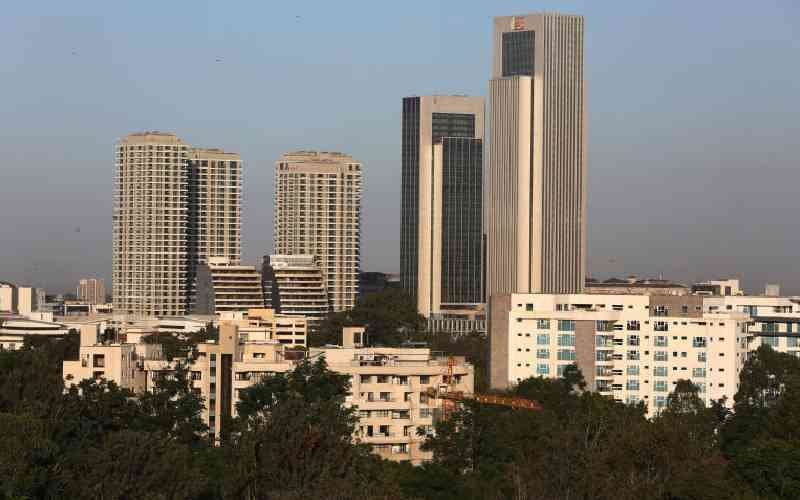Few people would be familiar with the name of the Micronesian island of Guam, which with its inviting golden sandy beaches, coral reefs and rich culture is a destination worth considering for a relaxing holiday.
Located in the warm waters of the Pacific, Guam is the largest and southernmost island in Micronesia, covering 210 square miles. It is dotted with volcanic peaks.
Nature has been generous to Guam, with rich grassland and forests in the south and limestone coral plateau in the north. The island is surrounded by thriving coral reefs on all sides. Small rivers flow down the hills into the ocean.
The south is known for its kaleidoscope of sleepy rural villages, which form part of Guam’s history, long stretches of stunning pristine golden sandy beaches and waterfalls. There are picturesque bays free of coral.
This is an insanely beautiful island.
Matriarchal culture
Added to this is Guam’s culture, which is strongly Chamorran, manifested through their rich indigenous beliefs, unique songs and dances, and exceptional food and games. The Chamorros are Guam’s indigenous people who have lived on the island for some 4,000 years.
Guam is known for its matriarchal culture — a society where the mother or the oldest female heads the family. Descent and relationships are determined through the female line.
One very interesting aspect of Guam’s society is the belief in interdependence.
The land and its agricultural produce belongs to everyone.
The majority of the population in Guam is Chamorran, followed by Filipino, Pacific, Whites and Asians.
Though Guam is an unincorporated territory of the United States with an established civilian government, it has a long history of invasions and occupations. European colonialism bears out this island’s importance. Guam was controlled by Spain until 1898, when it was lost to the United States in the Spanish-American War.
Even Japan invaded parts of Guam for two and half years in 1941 and Chamorrans were forced to adapt Japanese culture. Today, Guam is seen as a cross between Japan and Spain though fewer tourists from there visit the island.
The backbone of Guam’s economy is tourism. It attracts many Japanese tourists and there is an active Guam-Japan Society in the capital, Hagatna.
The island is generally referred to as a ‘Pacific theme park for the Japanese’ but its American influence is steadily taking over. The main visitors to Guam are members of the US armed forces.
Stay informed. Subscribe to our newsletter
There is a strong Spanish cultural influence on Guam also as can be seen from the prominence of Catholicism and patron saint days, which are celebrated with gusto.
Guam is a small enough island to be explored in a couple of days, but if you are seeking a relaxing holiday among swaying palms, azure waters and a warm welcome, then a longer holiday will not be out of place.
The capital, Hagtana, in central Guam is a small one-square-mile modern ‘village’ with a population of less than 2,000. Its name is derived from the word haga (meaning ‘blood’ in Chamorro) due to the bloodlines of the families that established this settlement.
It hardly looks like a village because there are several high-rise buildings in the central area which is also dotted with shops, banks, department stores, restaurants and what the residents call ‘city blocks’.
Bonded by the sandy beaches of Agana Bay, the Agana River, wetlands and cliffs of Agana Heights, Hagatna does not have the chaos of choking city traffic.
But small as it is, this ‘village’ is not short of attractions.
Ritidian Point in Agana is ranked among the top attractions for a relaxing time.
It is known to be a favourite of snorkelers on a calm day. Most visitors travel in hired cars and our driver was complaining about the potholed road to the beach, which could be a challenge for many vehicles.
Another popular place is umon Beach, a nice clean place with stunning morning views, where most visitors start and end their Guam holiday. The Yapao Beach Park can be busy on weekends but it is a great place to be in.
There are many nature and wildlife trails for nature lovers. You will be rewarded with stunning views over the ocean from Lovers’ Point high on a cliff.
At the Pacific War Museum there is a lot of information on the history of the war and Guam’s occupation by the Japanese.
Chamorro Village is not to be missed for its food, shops, vendors, entertainment and the weekly Wednesday market which stays open late into the night. The atmosphere here is very festive.
The compact Micronesia Mall has a small selection of shops but most stalls mainly sell mobile phone accessories available elsewhere in the village.
Island hopping
You can also take a boat to the 1,600-metre long Cocos Island a mile away from Guam in the Merizo Barrier Reef. It is popular with tourists who enjoy island hopping to the island’s only day resort where they can swim in the pool, enjoy various water sports, and visit the restaurant, ice-cream parlour and bar.
As Guam is positioned on the edge of the Pacific plate, the island experiences the occasional earthquake but that is nature at work.
Guam can also be a victim of the vagaries of weather. It gets threatened by typhoons but weather experts say it is unusual for the island to take a direct hit. Just like Bermuda in the Atlantic, Guam is only a tiny target for a typhoon in an area as vast as the Pacific Ocean.
 The Standard Group Plc is a
multi-media organization with investments in media platforms spanning newspaper
print operations, television, radio broadcasting, digital and online services. The
Standard Group is recognized as a leading multi-media house in Kenya with a key
influence in matters of national and international interest.
The Standard Group Plc is a
multi-media organization with investments in media platforms spanning newspaper
print operations, television, radio broadcasting, digital and online services. The
Standard Group is recognized as a leading multi-media house in Kenya with a key
influence in matters of national and international interest.
 The Standard Group Plc is a
multi-media organization with investments in media platforms spanning newspaper
print operations, television, radio broadcasting, digital and online services. The
Standard Group is recognized as a leading multi-media house in Kenya with a key
influence in matters of national and international interest.
The Standard Group Plc is a
multi-media organization with investments in media platforms spanning newspaper
print operations, television, radio broadcasting, digital and online services. The
Standard Group is recognized as a leading multi-media house in Kenya with a key
influence in matters of national and international interest.








